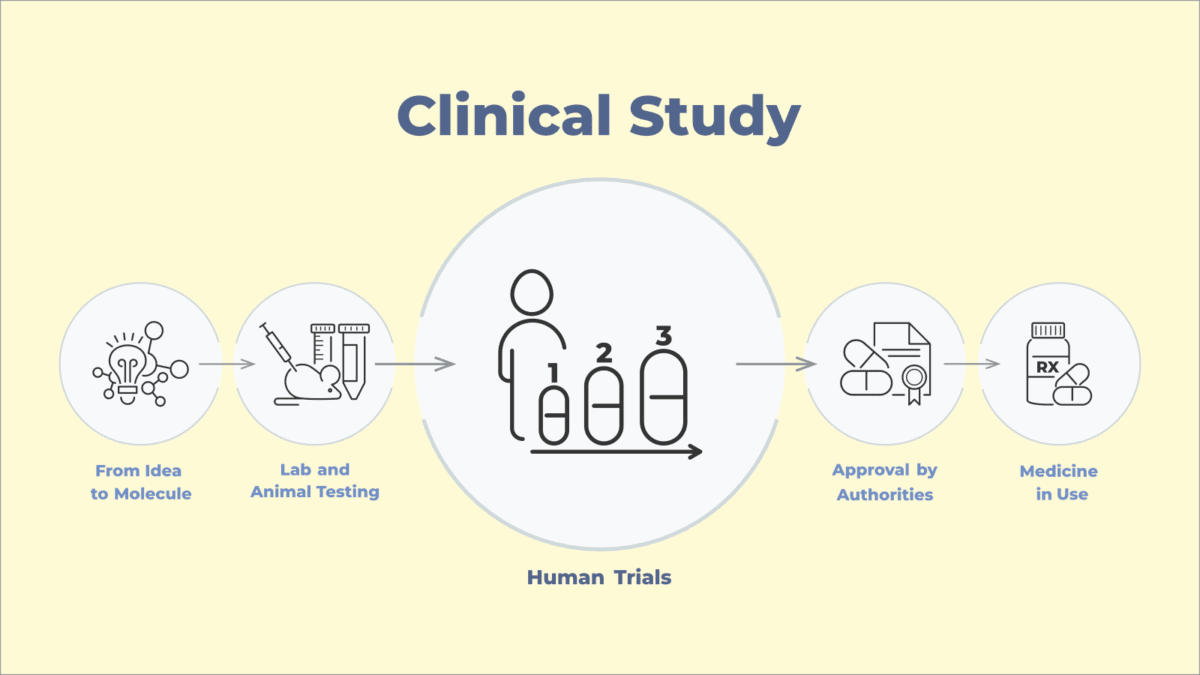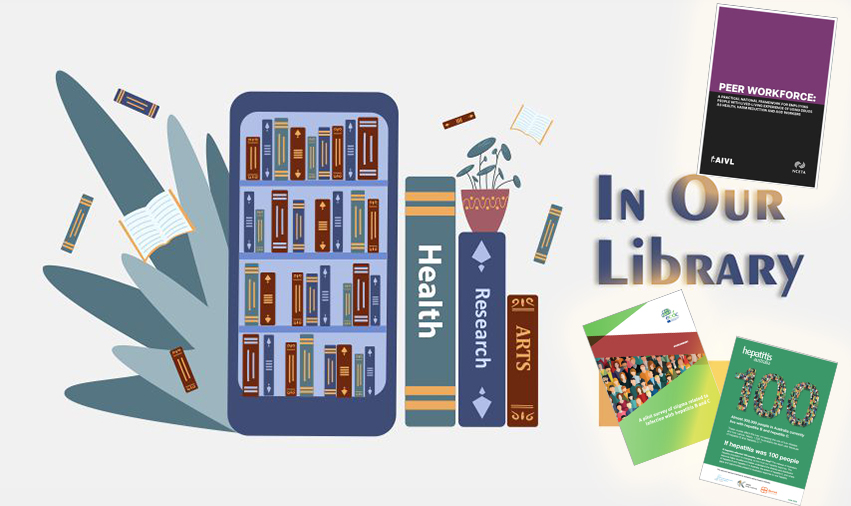Christmas is all about relaxing with friends, family and, above all, food! Food is about so much more than nutrition, especially on big occasions. Having a treat and feeling connected to friends and family by sharing the pleasure of favourite foods is a big part of the holiday.
But what if you need to limit your salt? Special occasions can be the most challenging times to follow a modified diet but the consequences of indulging in lots of highly salted food can be really unpleasant (or worse) for people with liver disease. Here are some tips for having a happy, celebratory Christmas without the after-effects.
General guide – list of low and high salt foods
Be sure to check the nutrition panel of the foods you choose as salt content can vary enormously from brand to brand.
| Low(er) Salt | High(er) Salt |
| Homemade dips (without added salt) | Most purchased dips |
| Unsalted crackers & corn chips | Flavoured/salted crackers and chips |
| Dipping breads such as pita and plain naan | Bread sticks and baguettes |
| Fish | Shellfish, smoked salmon |
| Poultry | Smoked chicken, bbq chicken |
| Cooked meats | Processed cold meats such as ham & salami |
| Unsalted nuts & dried fruits | Salted nuts |
| Mozzarella, Swiss cheese, cottage cheese | Most other cheeses |
| Low salt varieties of mustard/mayo etc | Condiments such as mustard, tomato sauce, mayonnaise |
| Cooked vegetables and salads (without added salt) | Most pre-prepared salads |
| Fresh fruits and vegetables | Pickled or brined vegetables such as olives, pickled onions and dill pickles |
Hosting
If you are hosting you have a lot more control over the salt content. Serve lots of fresh fruits and vegetables along with the traditional Christmas foods and prepare or choose low/er salt versions where possible. Most hot main meals such as roasted turkey or meat or baked salmon can be easily prepared with no or little salt as can most side dishes and salads. The website www.findlowsaltfood.info has a list of products available at Australian supermarkets if you need low salt mustard, cranberry sauce or mayonnaise etc. The following websites have large recipe collections if you’re stuck for ideas:
Most hot main meals such as roasted turkey or meat or baked salmon can be easily prepared with no or little salt…
Tips
- If you don’t mention the low salt content of the foods you offer to your guests many people won’t notice.
- Alternatively, be open and explain that you can’t eat high salt and make a salt shaker available for people who want to add it.
- If you’re expected to serve traditional dishes exactly the way grandma made them then prepare a serving or two for yourself without the salt.
- If you need to provide higher salt foods for your guests such as chips and finger food choose varieties that you don’t like so that you’re less tempted.
- Have plenty of your favourite low salt foods so you feel included in the indulgence
When you’re the guest
This can be trickier and will depend upon how open you want to be with your hosts. If they know about your health and you’ve been invited for a meal then make it clear that you’ll need your food to be low salt. If the menu is already planned you could go over it with them so that you both know whether you’ll have enough options on the day and perhaps you can even offer to bring along a side dish to share to make things easier.
If it’s party food rather than a meal, offer to bring along a platter to share so that you can join in without worrying about the sodium content of everything that you eat.
Some low salt dips suggestions:
Choose unsalted crackers and corn chips, pitas, and dipping breads along with vegetables to go with your dips. Unsalted nuts, lower salt cheese such as Swiss and bocconcini can also make good additions. Again, the www.findlowsaltfood.info website has a helpful list of products.
Tips
- Eat low/no salt food for your other meals for the day
- Decide which things are ok for you to eat in advance so you don’t have to think about it at the party
- If you’re going to have some higher salt foods stick to small serves of your favourites rather than having lots of everything
- Fill your plate and then move away from the food to avoid being tempted by the things you’ve decided against
Our number one tip
Our biggest tip of all is tracking your sodium content, even just for the big day. See our blog post for the details. Tracking can allow you to eat some of your favourite foods with the confidence that you can avoid the negative health consequences of having too much salt.
Last updated 31 May 2024
More from:
Enjoyed this article? Subscribe to be notified whenever we publish new stories.
Subscribe for Updates





